With today’s emphasis on literacy instruction in the early grades, elementary teachers often wonder how they can make time to teach science. Instead of sacrificing instructional time for science so teachers can spend more time in reading instruction, why not use nonfiction texts to combine science objectives with reading instruction?
We asked classroom teachers to share with us how they are integrating nonfiction science books into reading instruction. Hopefully, this information will reinforce existing strategies used in the classroom and maybe also provide some new ideas.
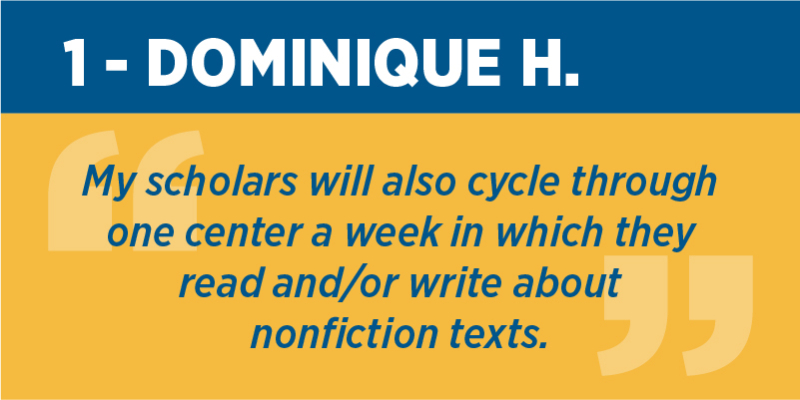
In my classroom, we have literacy centers running at the same time as guided reading. In addition to using nonfiction guided reading groups, my scholars will also cycle through one center a week in which they read and/or write about nonfiction texts. Called the Wonder Center, this is a way to get nonfiction books into their hands and support them asking questions and sharing what they already know. We also have many nonfiction, interactive read alouds throughout the week to model the type of questions and comments readers have when thinking about nonfiction texts.
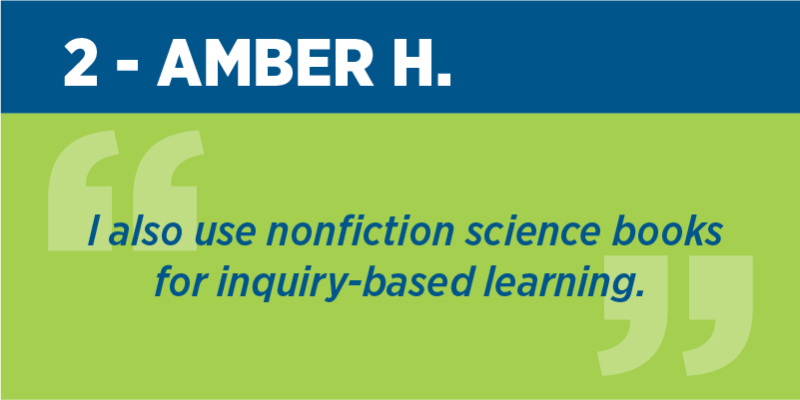
There are many ways that I integrate nonfiction science books into my instruction. I share a fun fact of the day out of a nonfiction science book that might interest the students which will, in turn, make the students want to read that book. I hold “book talks” within my classroom. This gives students a little teaser from the book to pique their interest. I do many read alouds within my classroom. It’s nice to use the books for a “teaching moment.” I also use nonfiction science books for inquiry-based learning. This allows students to utilize those nonfiction books to research their topics.
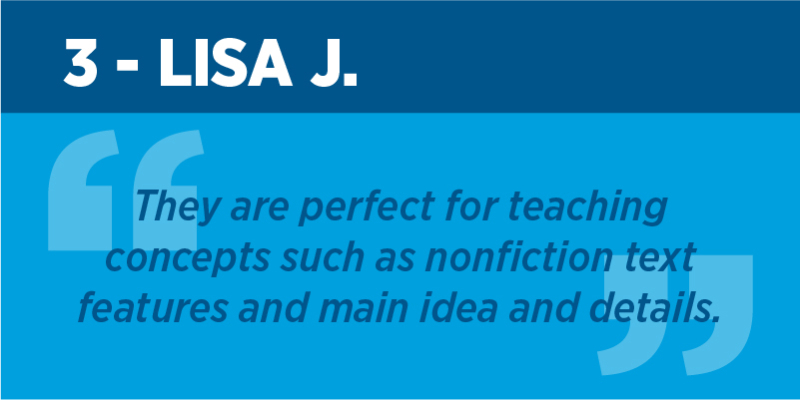
I use non-fiction books in my reading instruction in various ways. They are perfect for teaching concepts such as nonfiction text features and main idea and details. I also use them to teach comparing and contrasting as well as categorizing. They are great for writing springboards and for inspiring research projects and reports. Students get to learn the nonfiction content while reinforcing literacy skills like reading comprehension and fluency.
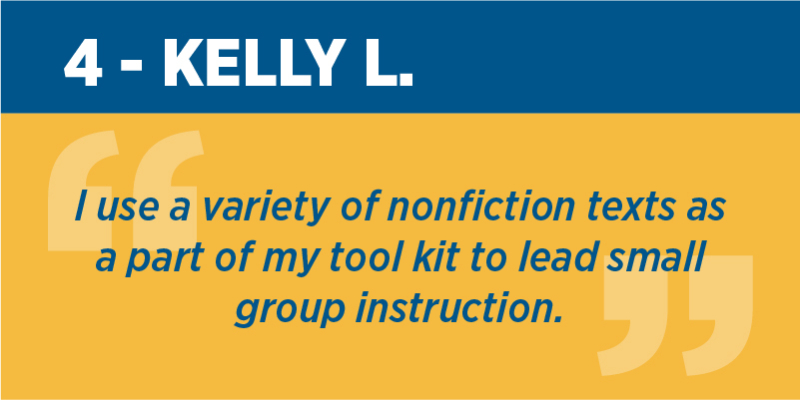
I teach three units around nonfiction reading. I use nonfiction mentor texts to study during our mini lessons. Students load their book boxes full of nonfiction books to read to practice the skills and strategies they’ve learned during independent reading time. During independent reading time I use a variety of nonfiction texts as a part of my tool kit to lead small group instruction and work with students during individual conferences. I also use nonfiction books during interactive read alouds and shared reading.
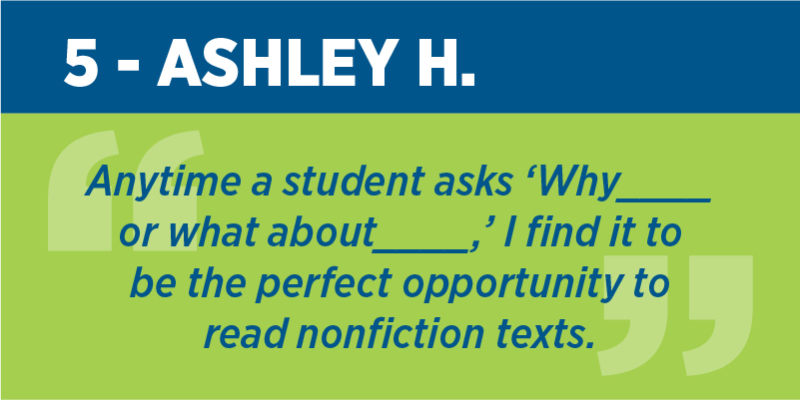
I currently am reading them as a comprehension lesson for my students. We love to explore nonfiction books based on animals to learn about their environment, skills, what they eat and can do. Being a kindergarten teacher leaves a lot of opportunities for me to read nonfiction texts and explore topics with my students. Anytime a student asks “Why____ or what about____,” I find it to be the perfect opportunity to read nonfiction texts.
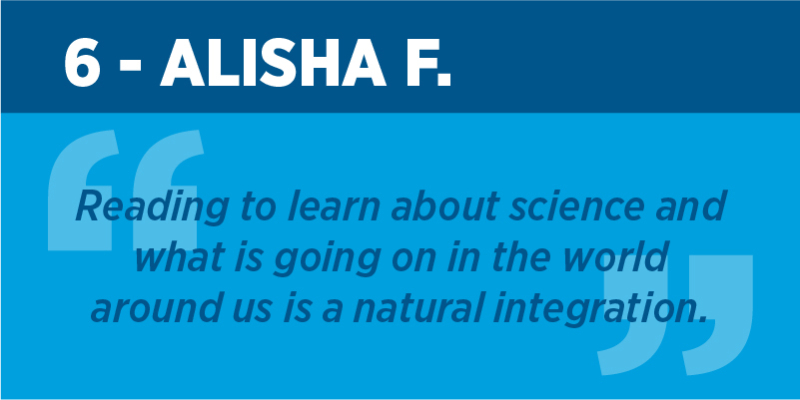
I do it every day. I work at a STEM school. We take the skills students learn and apply them to real world situations. Reading to learn about science and what is going on in the world around us is a natural integration. We have a campus of 30 acres and an outdoor classroom. Our students love to explore nature, read about it, and write about it.
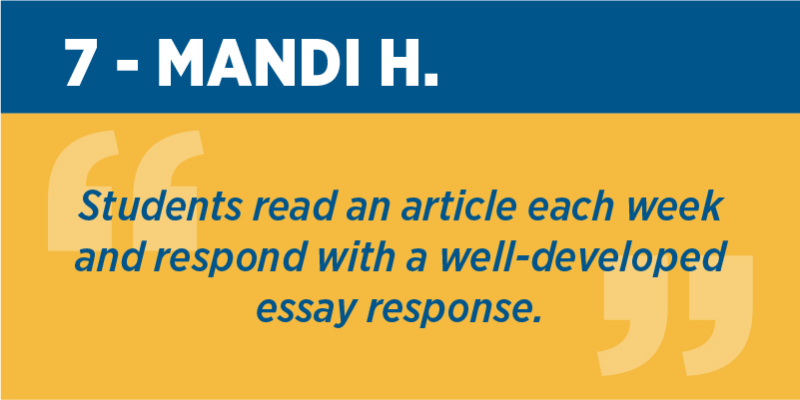
We work through nonfiction reading and writing strategies related to our content and current events. We use book sets, news articles, and published scientific journals to practice and develop these skills. Students read an article each week and respond with a well-developed essay response. All of these strategies are scaffolded to guide students to be able to independently navigate science literature and to respond in meaningful ways.
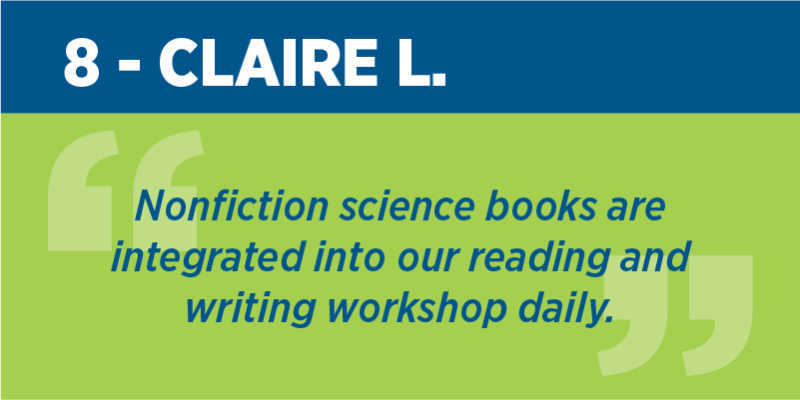
Nonfiction science books are integrated into our reading and writing workshop daily. Students self-select books based on interest and ability for independent reading each week. Titles are available in a variety of topics but we try to complement our browsing baskets with texts that reflect our unit of study in science. We begin with “What Does a Scientist Do,” then focus on Earth and Space Science and follow this with Physical and Life Science. These topics lend themselves to writing workshop instruction as mentor texts, in particular for writing information pieces. Whenever possible these texts are also used in small guided reading group work.
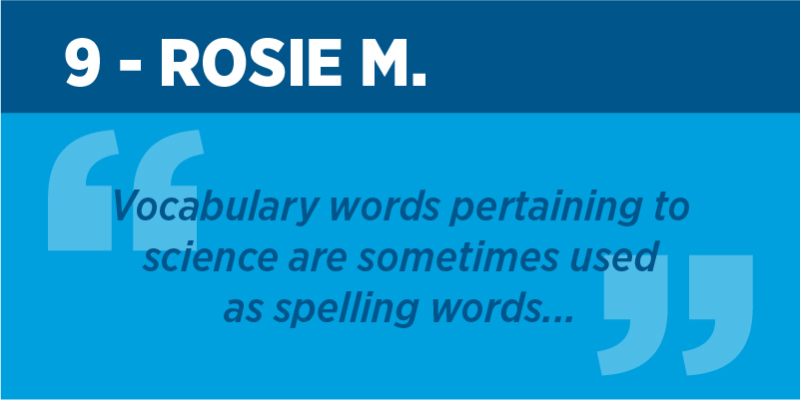
With the help of our reading program there are some books that are nonfiction science based. I also try to incorporate nonfiction texts pertaining to science in guided reading which I do every day with every kid. Sometimes if I don’t have access to books I use articles I find, or books from our library during direct reading instruction. The vocabulary words pertaining to science are sometimes used as spelling words too in my classroom.
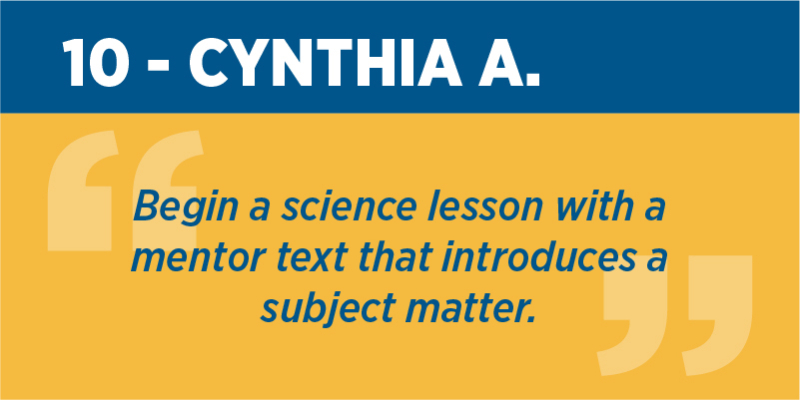
I like to begin a science lesson with a mentor text that introduces a subject matter. Other times we begin with a simple science experiment that demonstrates a concept and gains interest for students of the world around them. They are so curious! It is good to see what students already know before we delve into a subject.
Literacy and science instruction can be merged to create innovative, stimulating and enriching learning experiences for young children. When this happens, students are more engaged and make greater gains in both areas. In addition, this approach makes efficient use of time in a crowded school day.
Check out our Next Generation Science Standards (NGSS) Boxed Sets to teach K-2 science and reading together.
Do you have additional strategies for teaching science and reading together? Leave your ideas in the comments.


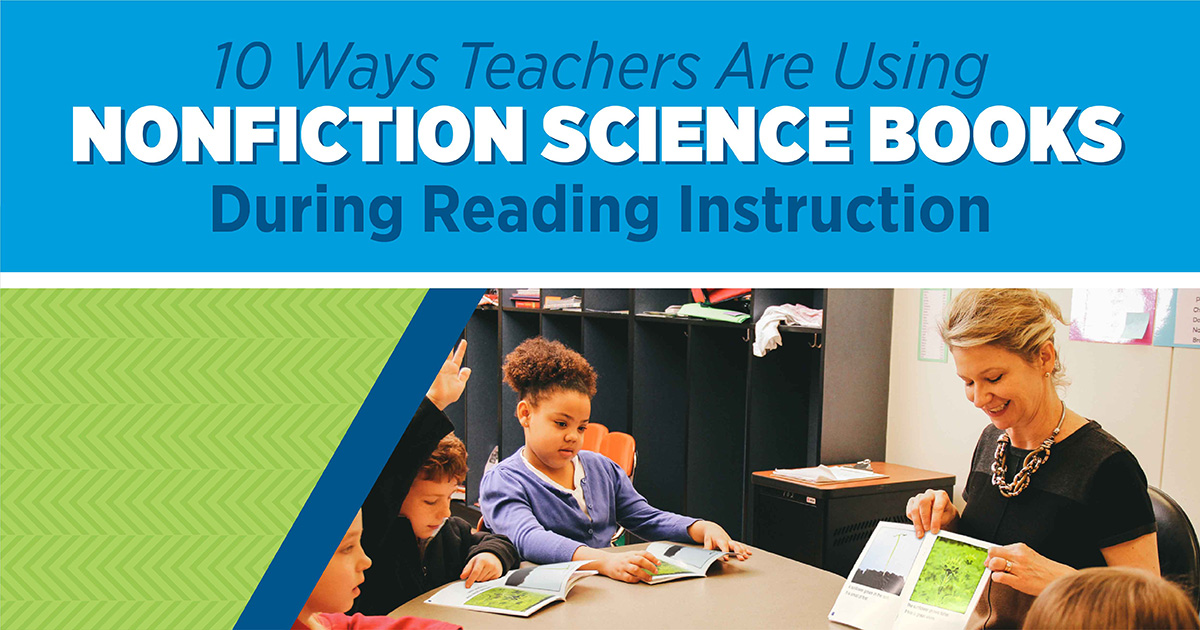

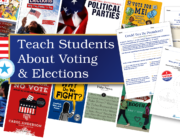
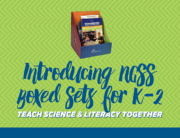
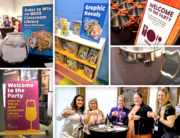
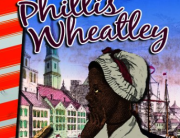
Leave A Comment